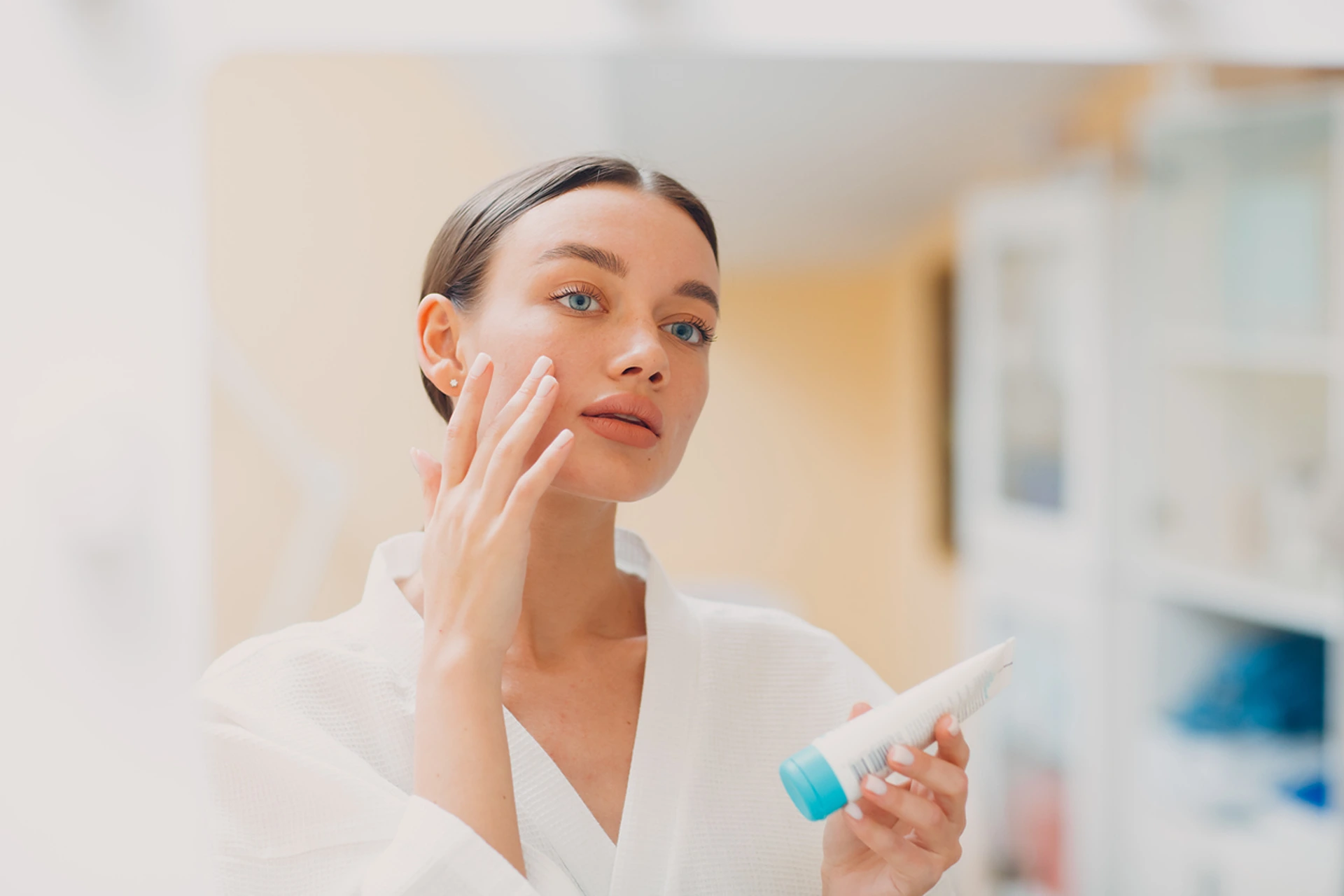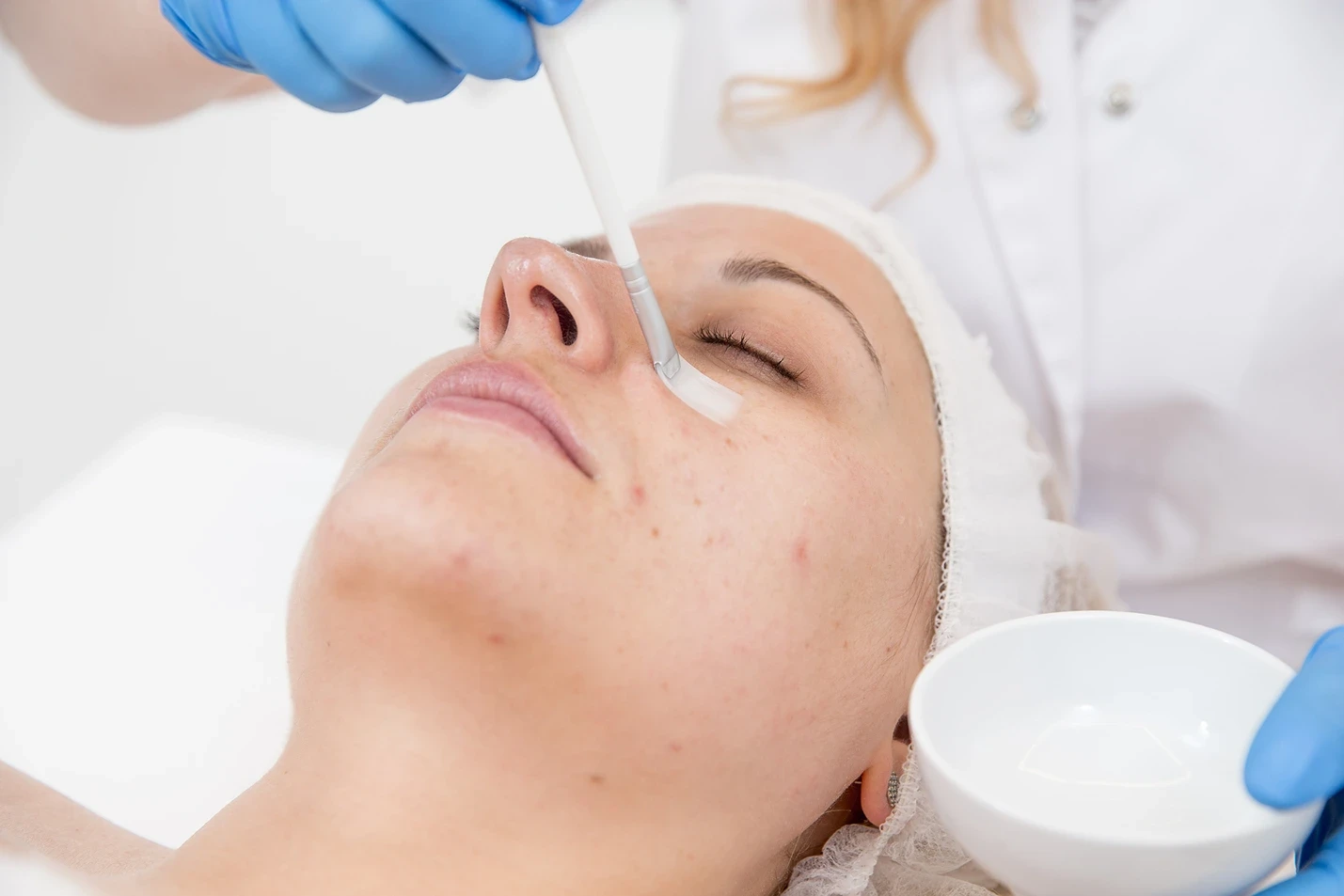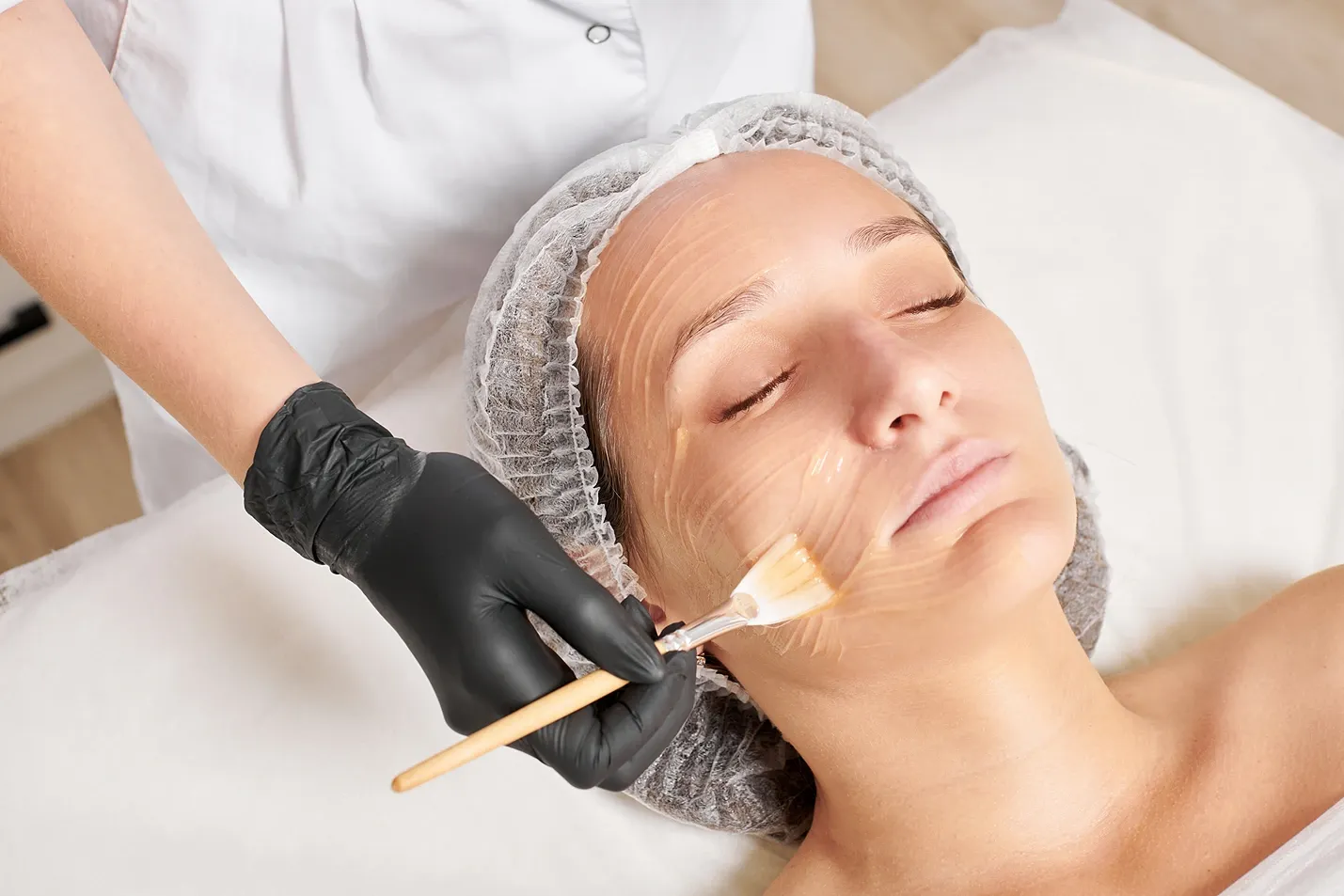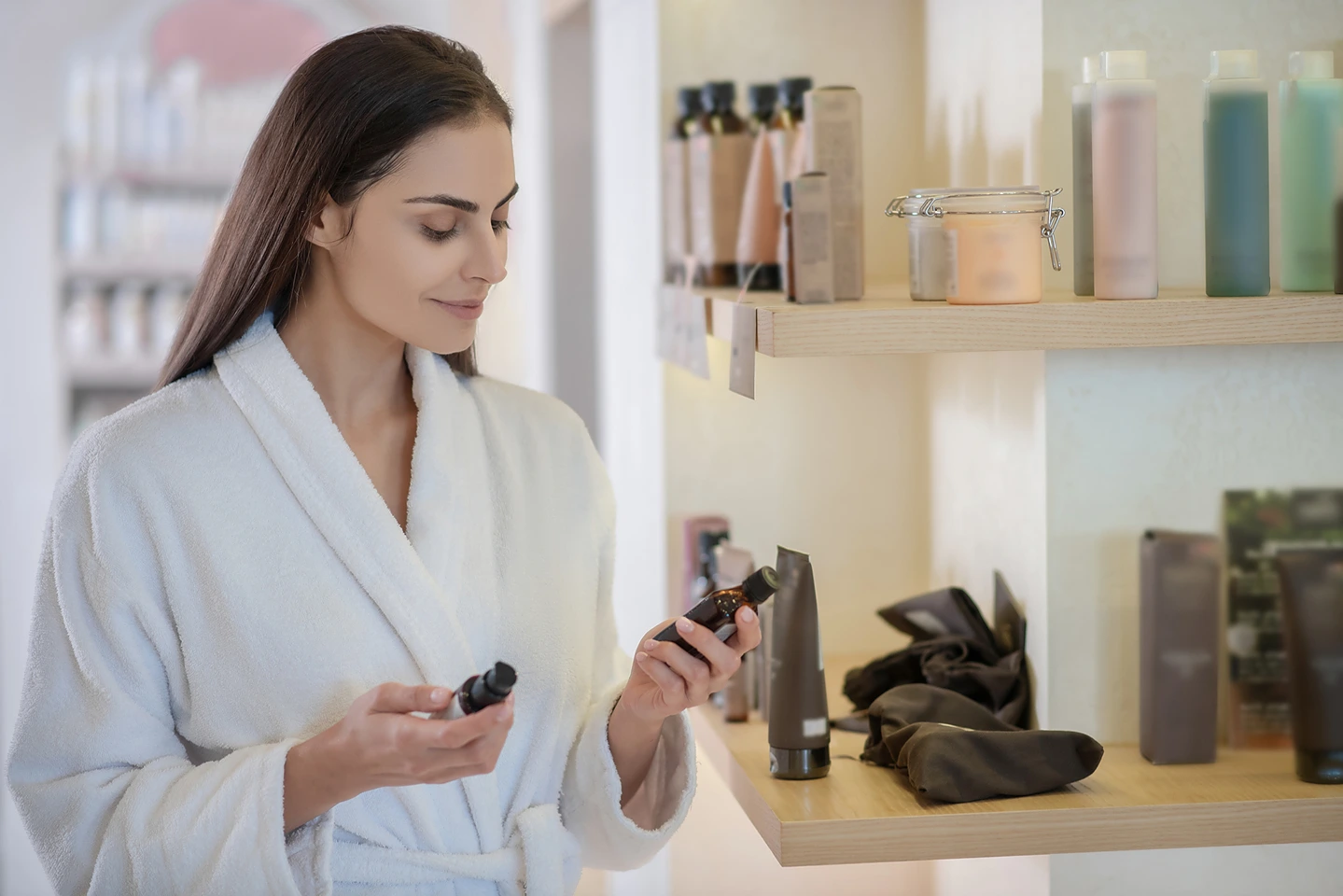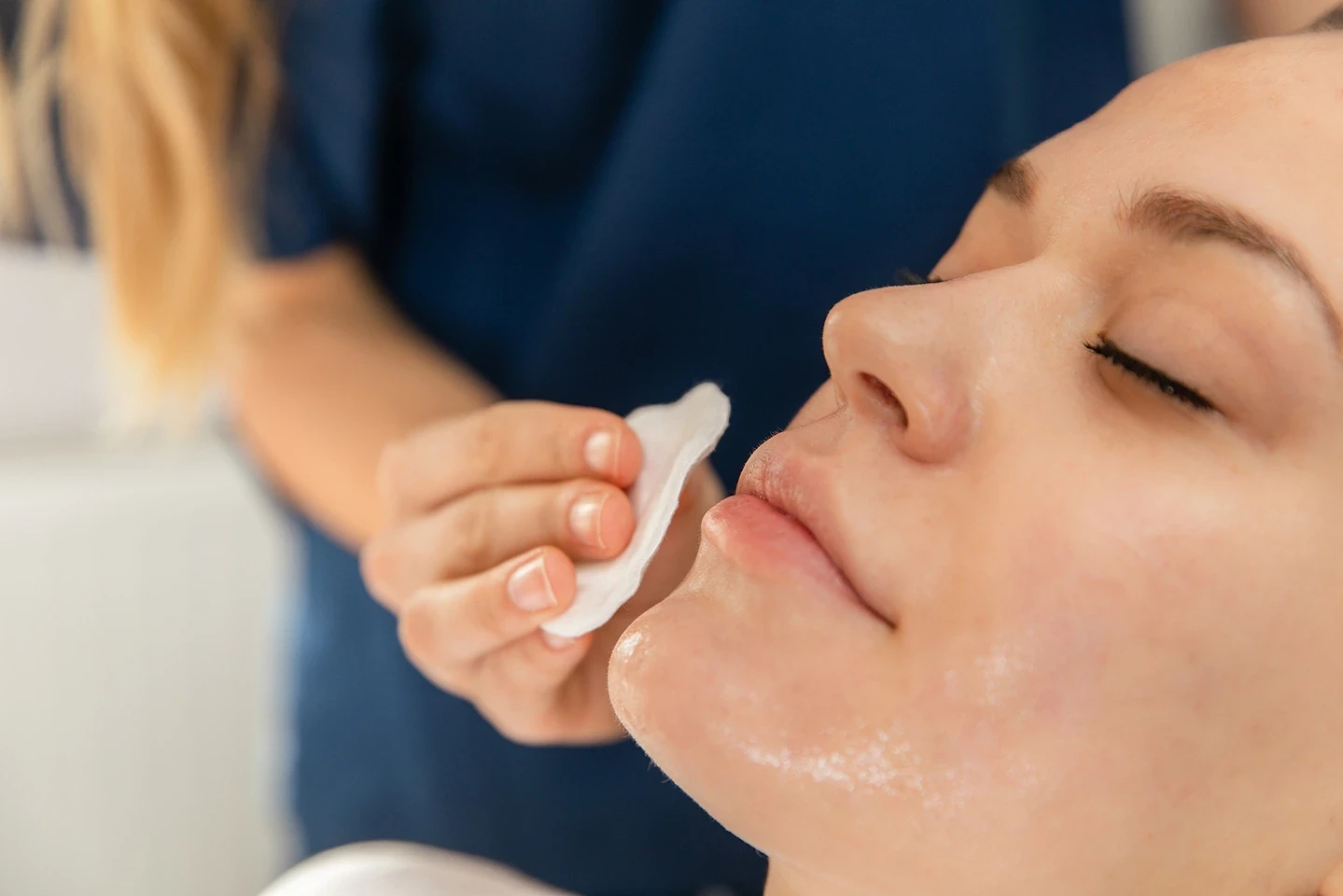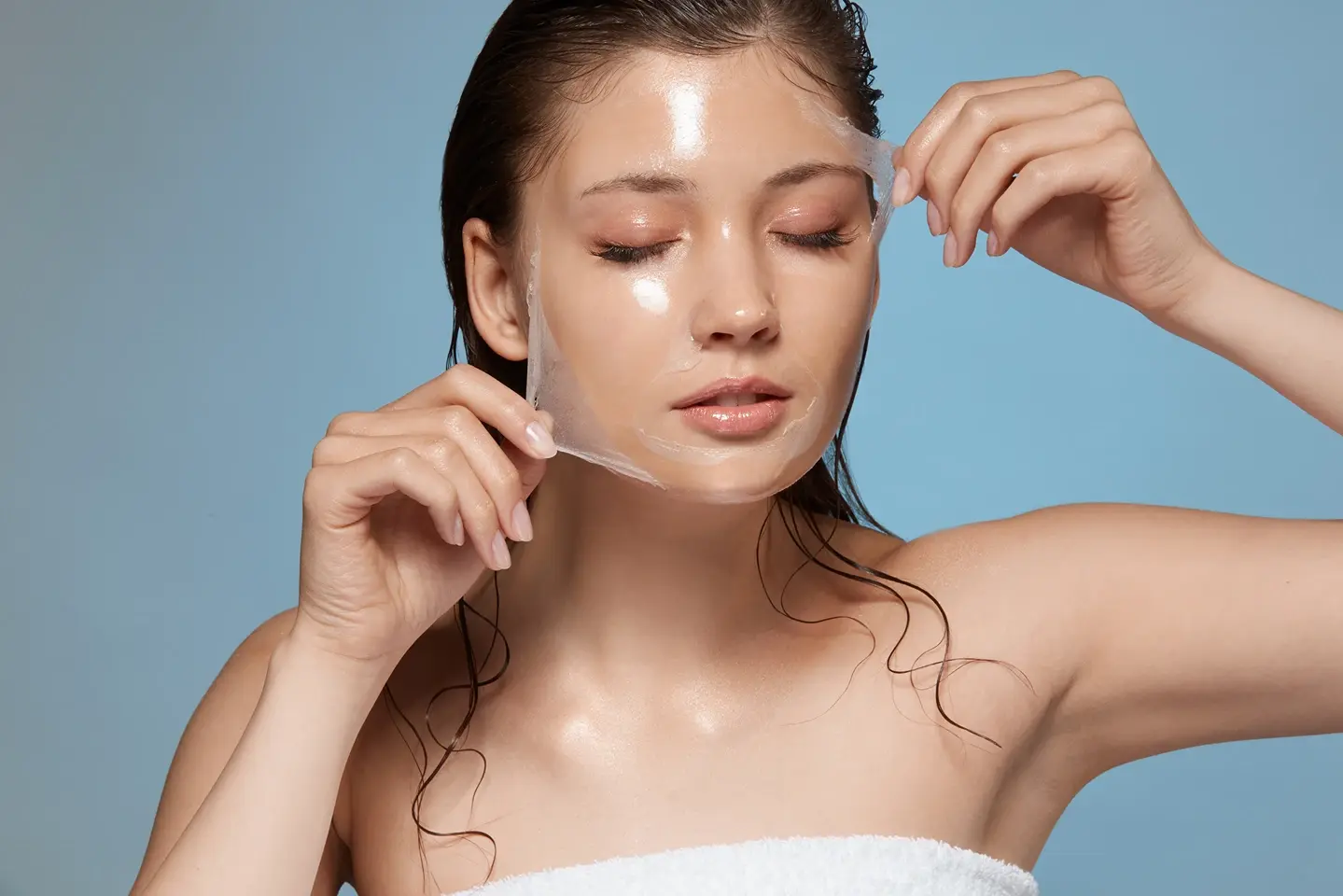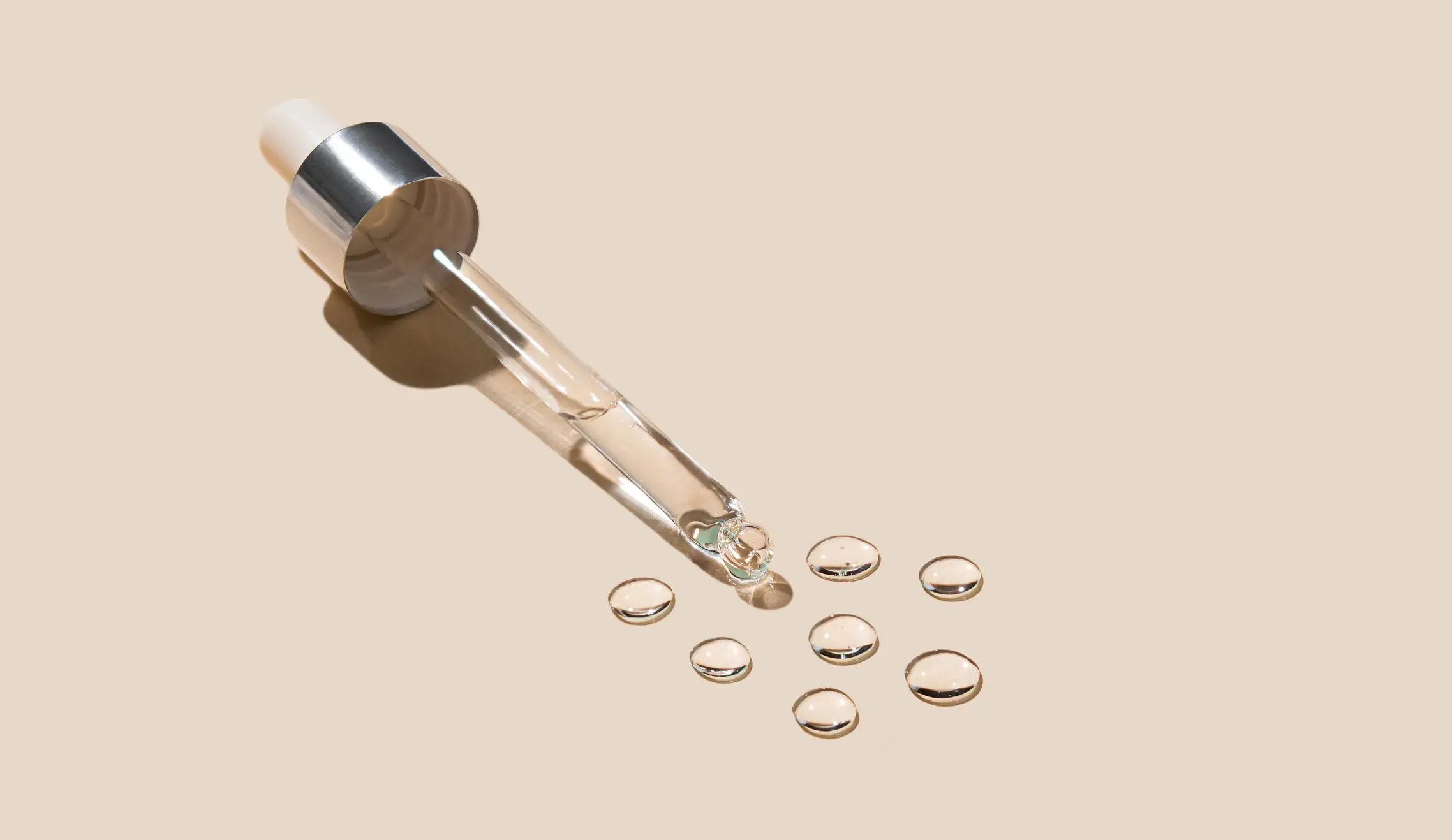Why Aftercare Matters: The Role of Post-Treatment Care in Your Skin’s Recovery
Ever heard about giving your skin a fresh start? That’s precisely what chemical peels aim for. Think of it as an army of microscopic workers, armed with a special solution, marching in to sweep away the old, dull layers of your skin.
The result? A brand-new layer that’s smoother, less creased, and radiating vitality.
Whether your goal is to smooth out those nagging fine lines, take control of breakouts, or even out a patchy complexion, chemical peels are custom-tailored to fit your skin’s unique needs.
But the process doesn’t end once you step out of the skincare clinic. There’s an important post-treatment chapter to this story: aftercare.
What’s the Deal with Chemical Peels?
You may have heard of a treatment called a “chemical peel”. Sounds fancy, right? But what does it actually mean?
Think of a chemical peel like a deep cleanse for your skin, but instead of soap and water, it uses a special solution. This goes onto the skin, often on the face, neck, or hands.
Over time, this solution helps the top layer of old, dead skin cells to peel off. What you’re left with is a fresh, new layer of skin that’s usually softer, less wrinkled, and looks healthier.
There are three types of chemical peels you can go for, depending on how deep a cleanse you want:
| Type of Peel | Description |
| Superficial Peels | Think of these as a light skin scrub. They gently help to remove the topmost layer of dead skin cells, just like a good exfoliator. |
| Medium Peels | These go a little deeper. They help to remove older, dead skin cells that might be making your skin look less than its best. |
| Deep Peels | The deep peel is the powerhouse of the group. These go deep down into your skin to remove old skin cells and can significantly improve your skin’s appearance. |
The reasons for choosing to get a chemical peel vary widely among individuals.
Some people aim to reduce fine lines and wrinkles, while others might be seeking treatment for acne, or hoping to correct uneven skin coloring. Some may wish to tackle dry, rough, sun-damaged skin.
In all cases, the type of peel selected will be based on an individual’s unique skin needs and their skincare professional’s expert advice.
How Aftercare Helps Achieve Optimal Chemical Peel Outcomes
Let’s talk about the elephant in the room: aftercare.
Yes, it’s crucial in determining the success of your chemical peel treatment.
Why? It ensures your skin recovers smoothly, safeguards against complications, and prevents potential damage that can result from direct sun exposure or an inappropriate skincare regimen.
Remember, the treatment just gave your skin a deep cleanse, getting rid of dead cells, oils, and grime. It’s now vulnerable and needs special care.
Neglecting the appropriate aftercare can open a Pandora’s box of issues, including bleeding, infections, breakouts, and even permanent skin damage.
Potential Pitfalls: The Consequences of Neglecting Chemical Peel Aftercare

Having a chemical peel and then not following aftercare instructions properly is like baking a cake but leaving it in the oven for too long – the result is going to be less than appealing.
In the context of chemical peels, this can mean facing a series of complications, some minor, but others quite severe and potentially even permanent.
Improper aftercare after a chemical peel can lead to several problems, ranging from persistent redness to tiny bumps (milia), or even scarring in more serious cases.
There’s also the potential for infections, both bacterial and fungal, as well as negative reactions to the chemical agent used in the peel itself.
- Persistent Redness or Irritation: Improper aftercare can result in persistent skin redness or discomfort.
- Milia Formation: Neglected aftercare could lead to the formation of tiny, white bumps called milia.
- Scarring: In more severe cases, neglecting proper aftercare might lead to scarring, which may be permanent.
- Infections: There’s a risk of both bacterial and fungal infections if aftercare instructions are not followed accurately.
- Negative Reactions to Chemicals: There might be adverse reactions to the chemical agent used in the peel itself if the skin is not cared for properly.
- Skin Discoloration: Certain skin types may experience a temporary or even permanent change in skin color, especially true if you’re on birth control, pregnant, or have a family history of facial discoloration.
- Risk of Scarring in Certain Areas: Some parts of the face are more prone to scarring than others, making aftercare crucial.
- Cold Sore Reactivation: For those with a history of cold sores, there’s a small risk of reactivation after a chemical peel.
Remember, with a skilled professional overseeing the procedure, these risks are often mild. However, ignoring your dermatologist’s advice dramatically increases the odds of experiencing complications like infections or scarring.
Just Had a Chemical Peel? Here Are Your First Steps
So, your skin just went through a vigorous process, and it really needs some TLC immediately after treatment. Here are some aftercare tips to help you take immediate and long-term care of your newly rejuvenated skin:
- Post-Peel Chill: Your skin just had a thorough workout and it’s time to relax. Skip heavy exercises and protect your skin from heat and sun exposure which can heighten the side effects and delay recovery.
- Hands Off: Resist the urge to pick or apply pressure on your treated skin. It needs to be left alone to heal and rejuvenate properly.
- Soothe and Comfort: A cool water compress can be a great way to soothe your skin during this sensitive time. It’s like a calming hug on your face.
- Clean Gently: When it’s time to wash your face, choose lukewarm or cold water. Opt for gentle, soap-free cleansers to avoid irritation.
- Hydrate Right: Keep your skin moisturized with water-based products and stay away from harsh ingredients that might irritate your fresh skin.
- Long-Term Sun Protection: Sunscreen should become your new BFF. Aim for a broad-spectrum one with at least SPF 30 to shield your sensitive skin from harmful UV rays.
- Choose Your Products Wisely: When picking skincare products, read the labels carefully. Avoid items with harsh ingredients like retinol or abrasive exfoliating agents.
- Patience with Recovery: The healing process can vary depending on the peel’s intensity. For medium peels, wait about a week before returning to your regular skincare routine. Deep peels require a more extended healing period.
- Let It Peel: Don’t panic when your skin starts to peel, it’s all part of the process. Allow it to happen naturally and resist the temptation to pick at it.
Aftercare isn’t a chore. It’s your passport to keeping your skin healthy and maximizing the benefits of your chemical peel. Trust your dermatologist’s advice and look forward to that fresh, rejuvenated glow we all love!
Conclusion
Your journey to beautiful skin doesn’t end with a chemical peel—it’s only just beginning.
From immediate TLC to long-term commitments like sun protection, every step in the aftercare process is your ally in a smooth recovery, staving off potential complications, and ensuring that you enjoy the maximum benefits of your peel.
Aftercare isn’t just a footnote in your beauty journey—it’s an integral chapter that reinforces the results of your chemical peel. Listen to your dermatologist’s advice, and embrace the aftercare routine as an essential partner to your peel.
Because great skin is not just about the treatment—it’s about the care that follows. Here’s to flaunting that fresh, rejuvenated glow and letting your skin do all the talking!
Unveil Your Glow: CosMedic LaserMD’s Chemical Peel Treatments
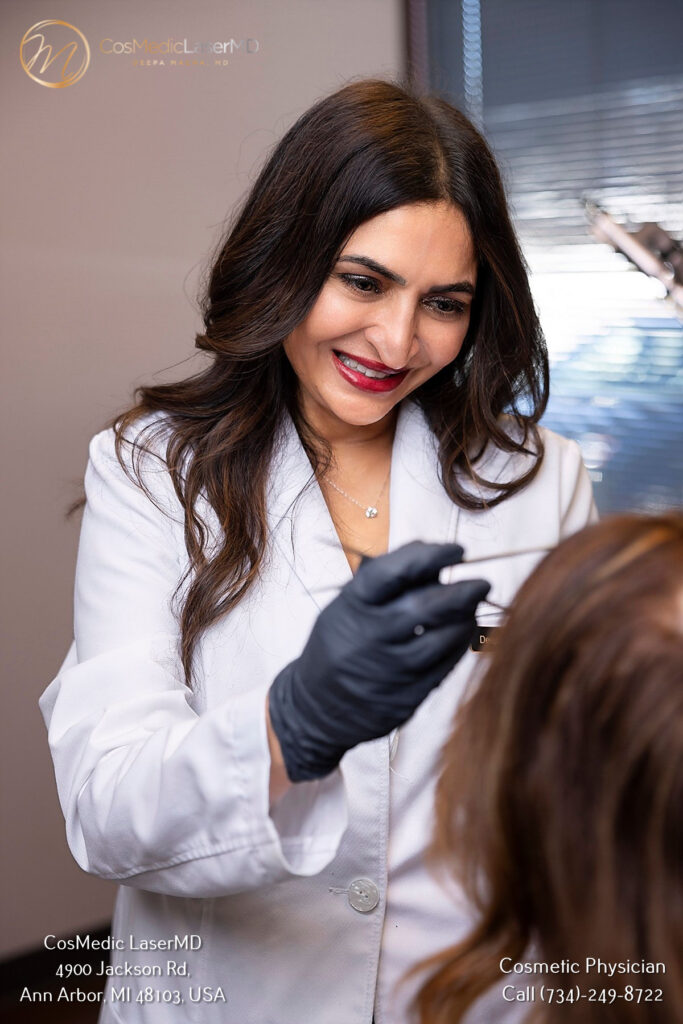
Ready for a skin refresh? CosMedic LaserMD offers professional chemical peel treatments tailored to your skin needs. Our expert team will guide you through the process and the essential aftercare, ensuring you achieve radiant, youthful results.
So, why wait? Start your skin transformation journey with CosMedic LaserMD today. Book your consultation now and let’s reveal your true glow together!

